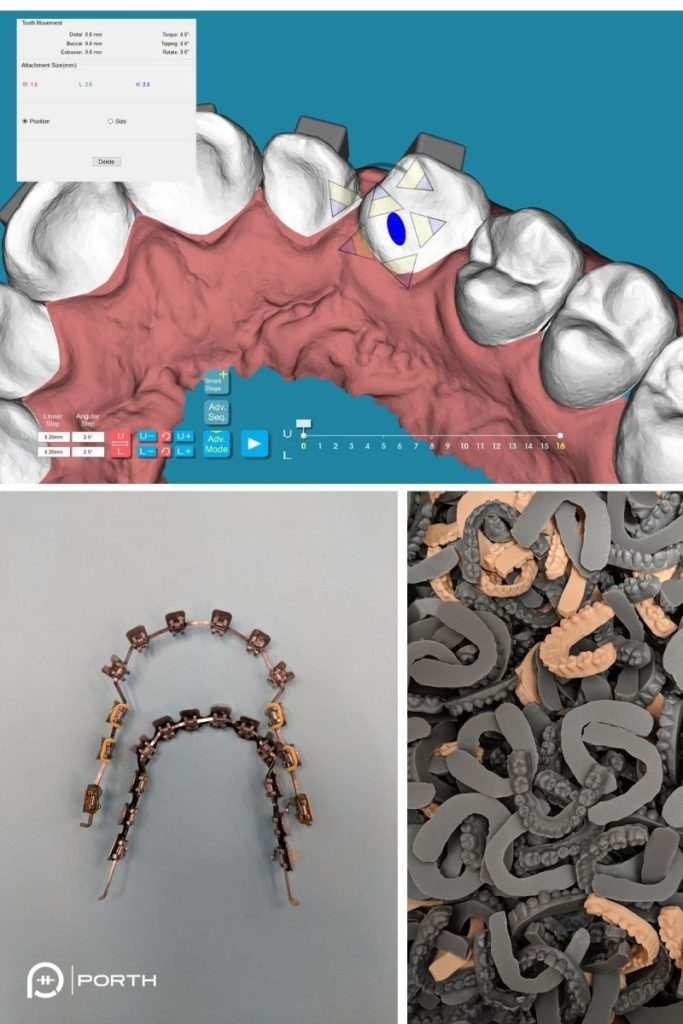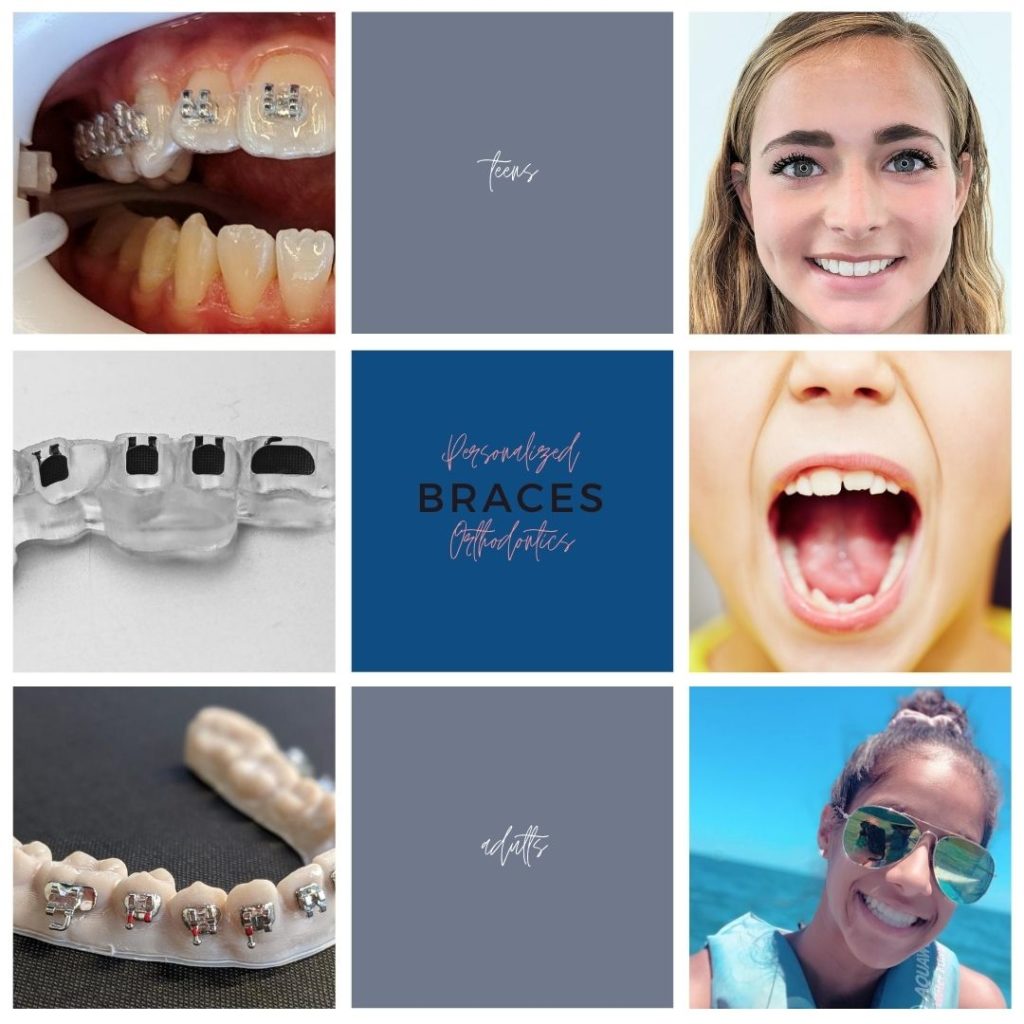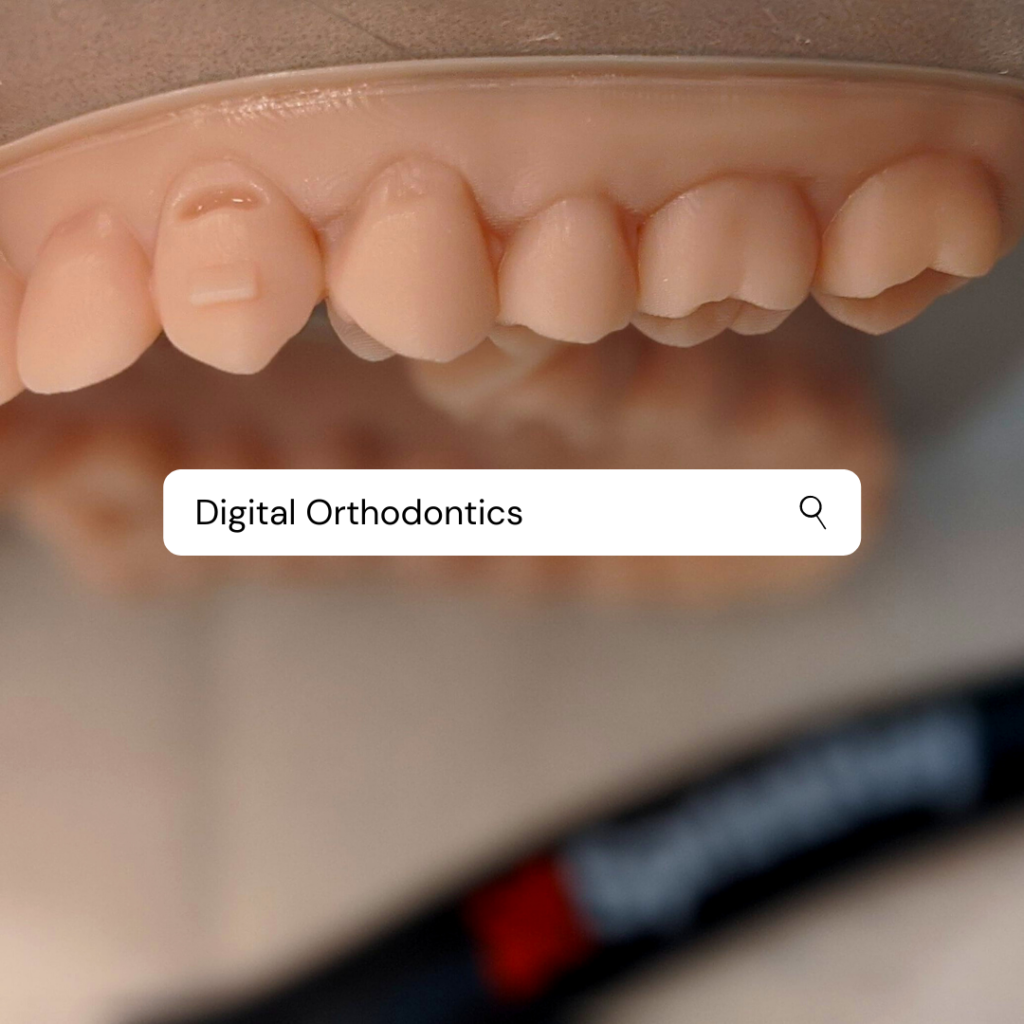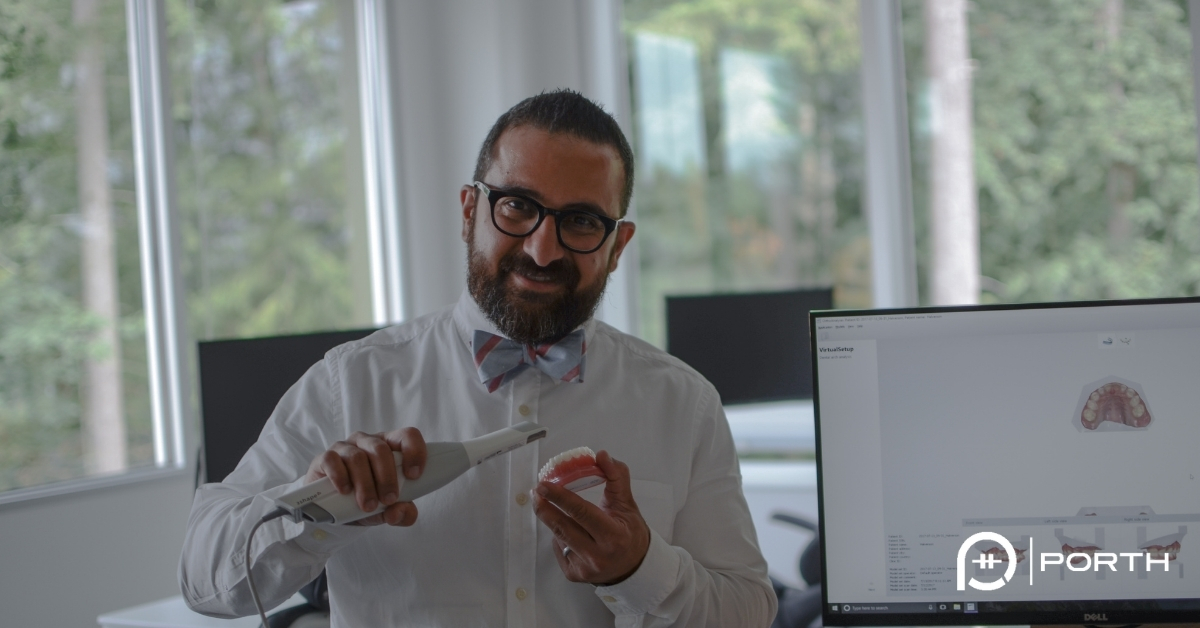Who is a digital orthodontist and What is digital orthodontics?
Digital technology has revolutionized orthodontic field in the last two decays. This trend especially initiated in clear aligner therapy with the introduction of the Invisalign appliance. The term digital orthodontist hence born.
You might wonder who is a digital orthodontist if this is the first time you are hearing this term. In this blog post, we go over new trends in orthodontics and digital orthodontics. We will also tell you more about our clinic and how we use digital technology to create #PORTHExperience for all of our patients. We believe that practicing digital orthodontics has helped us with better treatment outcomes, reduced treatment time and an elevated experience for our patients that exceeds their expectations.
Who is an orthodontist?
First, let’s talk about who is an orthodontist. An orthodontist is a dental specialist who is trained to primarily move teeth. Additionally, orthodontists knows how to modify skeletal growth in children and teens to fix skeletal problems like smaller lower jaws. Orthodontists also work with oral surgeons as a team to perform corrective jaw surgeries in adults.
To become an orthodontist, one must first complete dental school to become a dentist – DDS or DMD. Just like doctors who decide to specialize in a certain area, dentists can do the same and embark on a further two to three years of study to become a licensed orthodontist. Orthodontists work with dentists and other specialists to collectively provide oral health to their patients.
There are multiple directories to find a local orthodontist. The two main directories to find an orthodontist are AAO and ABO databases.
The American Association of Orthodontists (AAO) is one of the largest society of orthodontics in the United States that represents over +18K orthodontists in US, Canada, and other countries. AAO provides educational resources to public as well as provide a directory of orthodontists.
Another main organization of orthodontists is The American Board of Orthodontics (ABO), the only orthodontic specialty board recognized by the American Dental Association. ABO board certification is a voluntary process that some orthodontists take to show their commitment to excellence and high quality of the specialty. Learn more about ABO board certification here.
Who Is a Digital Orthodontist?
An orthodontist that uses digital technology to (i) assess patient teeth and jaws, (ii) simulate the treatment plan, and (iii) execute the plan using appliances based on digital platforms. The main difference between a traditional orthodontist vs a digital orthodontist is that digital orthodontist envision and simulate all the plan. There are scientific studies showing a better outcome in treatment that are simulated prior to delivering it to a patient.

Traditional orthodontist who mostly uses conventional braces often react to changes in the teeth. In another words, she directly place the braces and tie them with a wire. Watch the teeth move and plan accordingly. A digital orthodontist simulate all the movements and use plastic or custom appliances to move the teeth based on the plan. To be specific, one treat the patient re-actively and one treat the patient proactively.
Digital orthodontist can monitor the orthodontic treatment remotely since the plan requires minimum modifications while in action. This approach seems more logical in post covid-19 pandemic world. Using a combination of in-person and virtual visits a digital orthodontist can reduce the number of trips to orthodontic offices.
What Is Digital Orthodontics?
Digital orthodontics has gained significant popularity in recent years. Digital technology entered the field of orthodontics mostly through digital imaging – both radiographs and photos. SLR cameras and digital xray machines made it easier for orthodontists to take images for diagnosis and treatment planning. Intraoral scanners were the next wave of technology that was embraced by the profession. Suresmile and Invisalign CAD/CAM platforms were the early software companies that utilized digital scans to fabricate custom wires and plastic aligners to treat patients. Desktop 3D printing is the latest digital workflows that are trending in orthodontic practices.

Integration of digital technology to various aspects of orthodontic treatment is creating a method of practicing orthodontics which is often refereed to digital orthodontics.
In digital orthodontics, the provider uses technology to collect information, analyze the potential teeth or jaw problems and use digital software platforms to formulate a treatment plan and execute the treatment plan using appliances built on digital ecosystems. For example, at PORTH, we digitally scan your teeth, evaluate the position of your teeth and how your jaw come to gather in our digital software. Dr. Rooz then create a treatment plan and fabricate appliances such as PORTH aligners using our 3D printers. We also use similar workflow in positioning our braces and transferring them to our patients teeth.
In all these modules, more attention is given to your treatment plan by simulating everything in advance. Collectively, we believe that Digital orthodontics is more proactive and efficient with numerous benefits to our patients.

Here a little more on who is an orthodontist if you are wondering about differences between an orthodontist and a dentist.
What are the differences between an orthodontist and a dentist?
Here a little more on orthodontist if you are wondering whether an orthodontist is a dentist – DDS.
Some people use the titles dentist and orthodontists interchangeably. Orthodontists are basically dentists that sought for more education to focus only on moving teeth as well as dento facial growth and development. Here are some differences on daily practice of an orthodontist vs a dentist:
DENTIST
- Treats and diagnoses common teeth, mouth and gum problems.
- Focuses their practice on general oral care and hygiene.
- Was primary trained in restorative dentistry procedures such as filling cavities and building crown and bridges.
- Evaluates gum health and addresses potential gum problems like gingivitis and periodontist.
- Has limited knowledge on orthodontics, implant dentistry, clear aligner therapy (Invisalign), sleep apnea.
ORTHODONTIST
- A specialist dentist mainly focuses in moving teeth and fixing skeletal issues.
- Has completed an additional two to three years of graduate training in orthodontics.
- Focuses their practice on dental and skeletal malocclusion.
- Is an expert in treating crooked teeth, misaligned jaws and bad bites.
- Had specific training on clear aligner therapy (Invisalign), lingual braces, and growth modification appliances.
You might still have ton of questions on the difference between conventional and digital orthodontics. Follow us on social media to learn more about how we offer modern orthodontic treatment to our patients in Sammamish, Issaquah, and Bellevue. You could also reach us at (425) 526-2060 or email [email protected].
